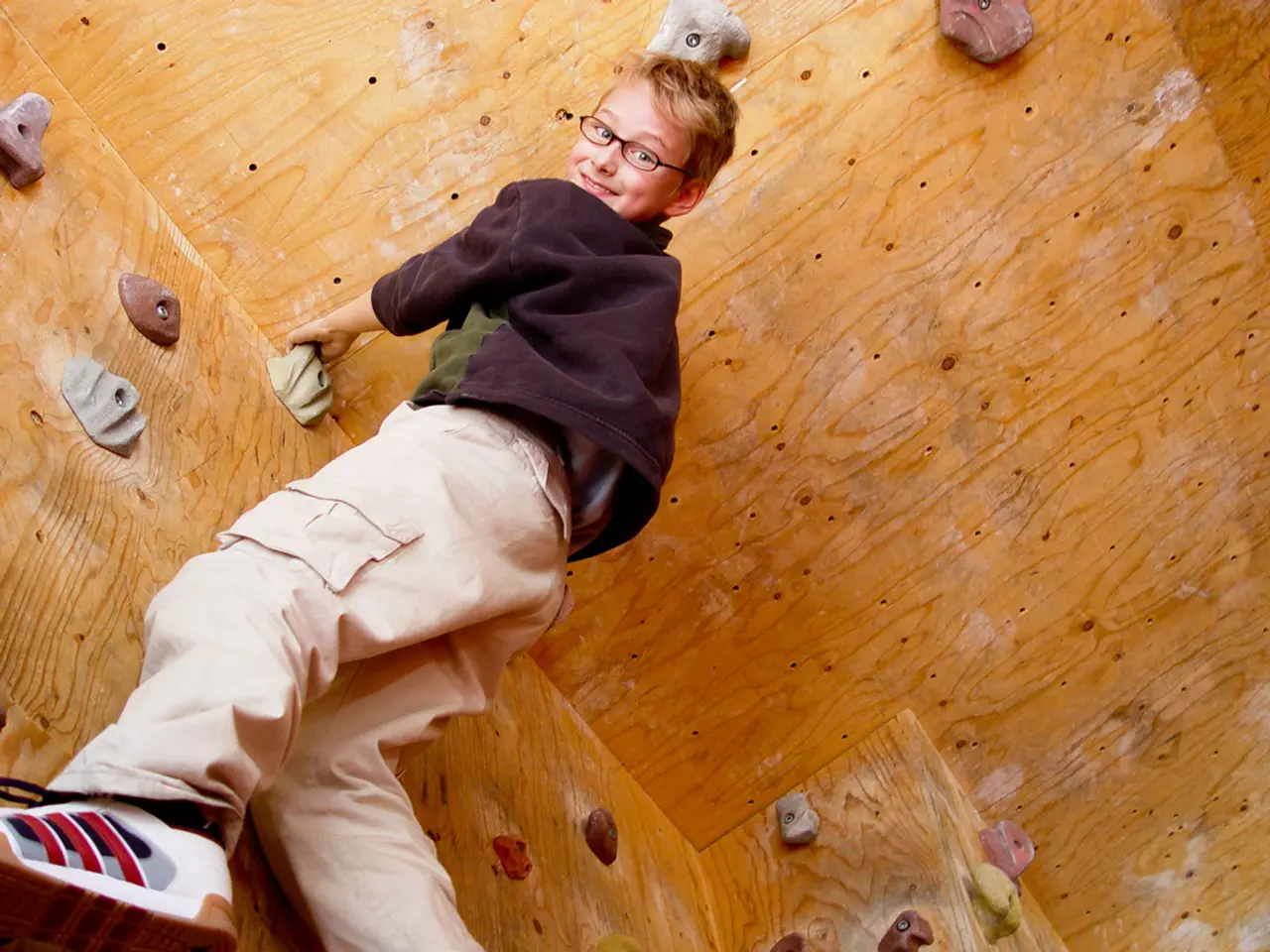Children's ADHD Medications: Varieties, Potential Side Effects, and Further Information
In the management of Attention Deficit Hyperactivity Disorder (ADHD) in children, a variety of treatment approaches are available. Here, we explore some of the most common methods.
For young children under the age of 6, doctors often recommend behavior management training for parents or caregivers as the first treatment step. This training equips caregivers with strategies to manage their child's behavior more effectively, contributing to a more structured and consistent environment [1]. Behavior therapy with the child and classroom behavioral interventions are also treatment options that may help a child with ADHD, providing them with skills to manage their behavior and improve focus [2].
Lifestyle modifications can also play a significant role in managing ADHD symptoms. Encouraging a diet rich in fruits, vegetables, and low in processed foods is beneficial for all children, but particularly those with ADHD. Regular exercise is another important factor, as it can help improve focus and reduce hyperactivity [3].
Organizational skills training is another treatment that may help a child with ADHD. By teaching children methods to stay organised and manage their time effectively, they can better cope with the demands of school and home life [4].
When it comes to medication, there are two main types: stimulants and non-stimulants. Stimulants, such as Ritalin, Concerta, Adderall, and Daytrana (patch), work by increasing dopamine and norepinephrine levels in the brain, neurotransmitters that help improve attention, reduce hyperactivity, and control impulses. Non-stimulants, like Atomoxetine and alpha-2 agonists (guanfacine and clonidine), work by increasing norepinephrine levels, offering an alternative with lower abuse potential and sometimes better tolerance [5].
For children over the age of 6, doctors may recommend a combination of medication and behavior therapy. It's important to note that while these medications can help manage symptoms, there is limited research into the long-term effects, and the question of whether the short-term benefits outweigh the long-term risks remains [6].
Finally, cognitive training is a treatment that may help a child with ADHD. This approach focuses on improving cognitive functions such as attention, memory, and problem-solving skills [7].
In conclusion, a combination of behavior management training, therapy, lifestyle modifications, medication, and cognitive training can help manage ADHD symptoms in children. It's essential to work closely with healthcare professionals to determine the best treatment plan for each child.
[1] American Academy of Pediatrics. (2019). Clinical Practice Guideline: Diagnosis, Evaluation, and Treatment of Attention-Deficit/Hyperactivity Disorder in Children and Adolescents. Pediatrics, 143(4). [2] National Institute of Mental Health. (n.d.). Attention Deficit Hyperactivity Disorder (ADHD). Retrieved from https://www.nimh.nih.gov/health/topics/attention-deficit-hyperactivity-disorder-adhd/index.shtml [3] Centers for Disease Control and Prevention. (n.d.). ADHD: Diagnosis and Evaluation. Retrieved from https://www.cdc.gov/ncbddd/adhd/diagnosis.html [4] Mayo Clinic. (2020). Attention deficit hyperactivity disorder (ADHD). Retrieved from https://www.mayoclinic.org/diseases-conditions/adhd/diagnosis-treatment/drc-20374460 [5] National Institute of Neurological Disorders and Stroke. (2021). Attention Deficit Hyperactivity Disorder (ADHD). Retrieved from https://www.ninds.nih.gov/Disorders/All-Disorders/Attention-Deficit-Hyperactivity-Disorder-ADHD-Information-Page [6] Food and Drug Administration. (2018). FDA strengthens warnings for long-term use of ADHD drugs. Retrieved from https://www.fda.gov/news-events/press-announcements/fda-strengthens-warnings-long-term-use-adhd-drugs [7] National Institute of Mental Health. (n.d.). Cognitive Training for ADHD. Retrieved from https://www.nimh.nih.gov/health/topics/attention-deficit-hyperactivity-disorder-adhd/cognitive-training-for-adhd.shtml
- Science has shown that encouraging nutrition rich in fruits, vegetables, and low in processed foods, as well as regular exercise, can significantly improve the management of ADHD symptoms in children, contributing to better focus and reduced hyperactivity.
- In addition to lifestyle modifications, therapies and treatments like behavior management training for parents or caregivers, behavior therapy with the child, and classroom behavioral interventions can provide children with strategies to manage their behavior more effectively and improve their ability to focus.
- Medications like Ritalin, Concerta, Adderall, Daytrana (patch), Atomoxetine, and alpha-2 agonists (guanfacine and clonidine) are used to treat ADHD symptoms, working by increasing dopamine, norepinephrine, or norepinephrine levels in the brain to help improve attention, reduce hyperactivity, and control impulses.
- Cognitive training, which focuses on improving cognitive functions such as attention, memory, and problem-solving skills, can also be a valuable treatment approach for children with ADHD.




